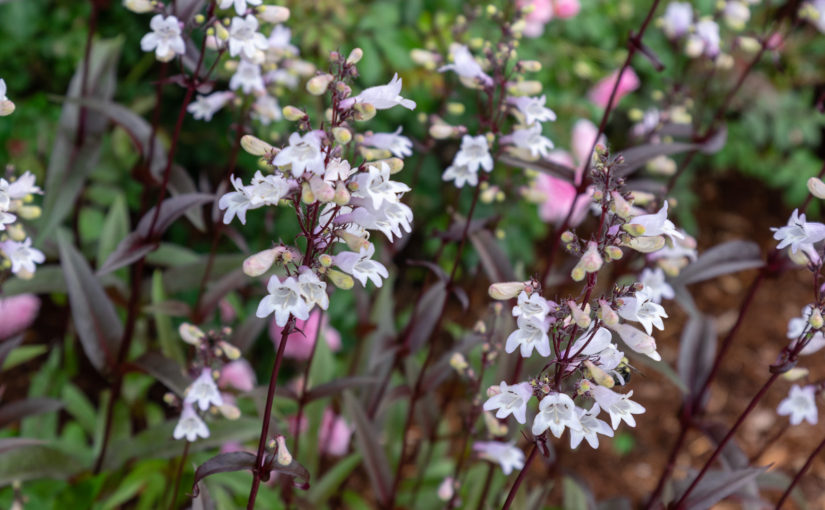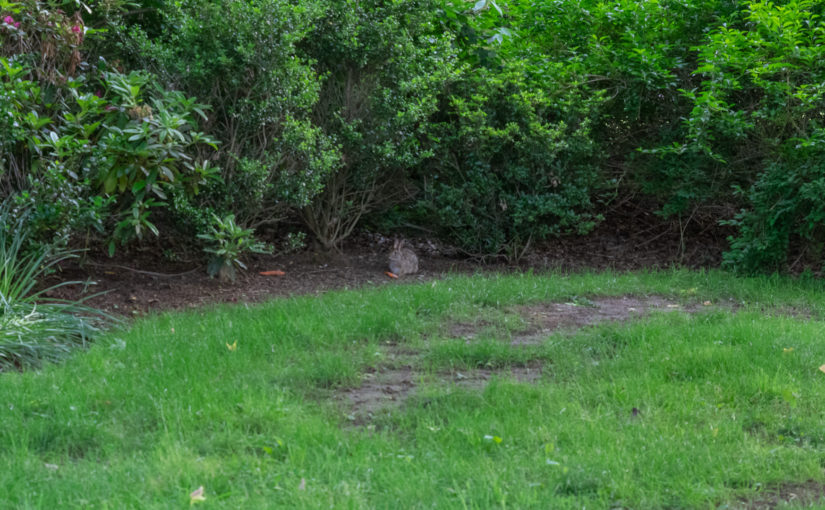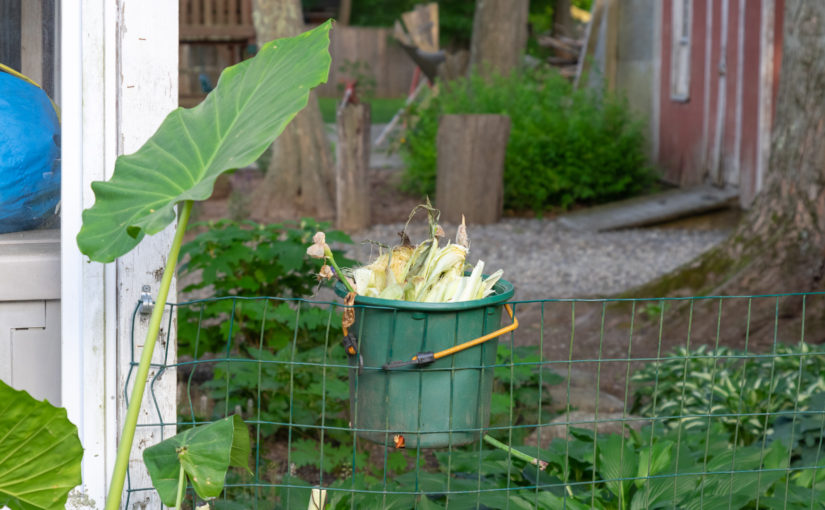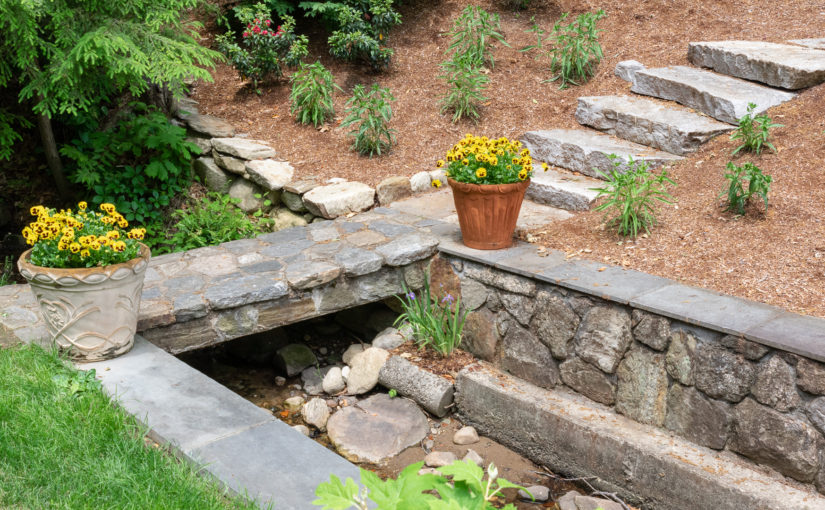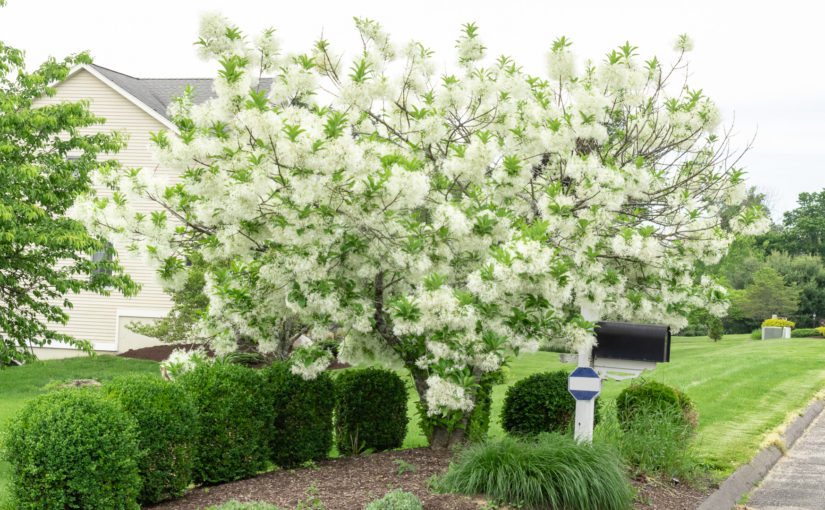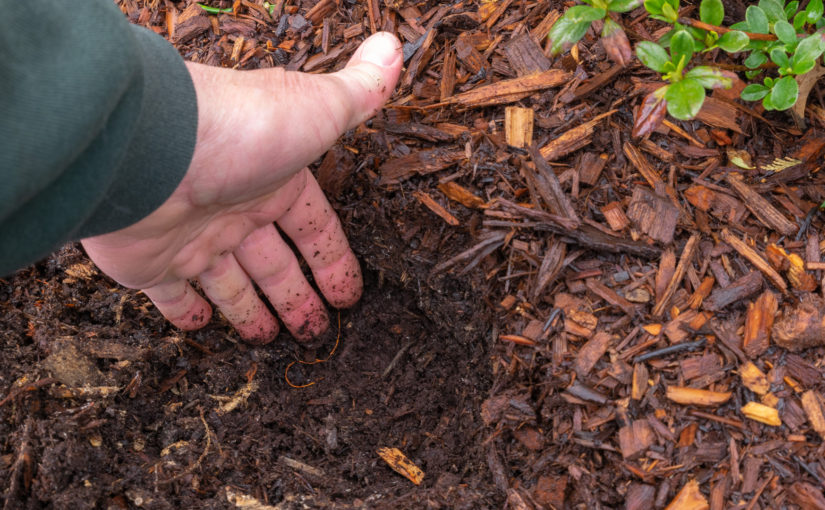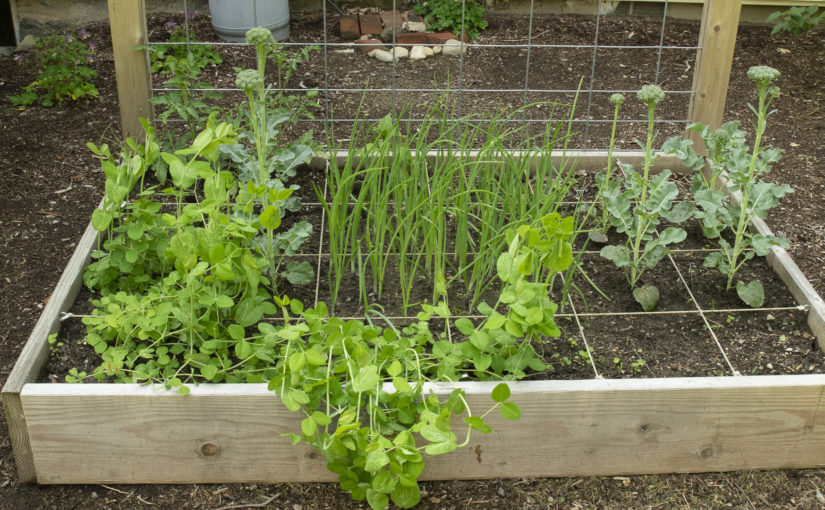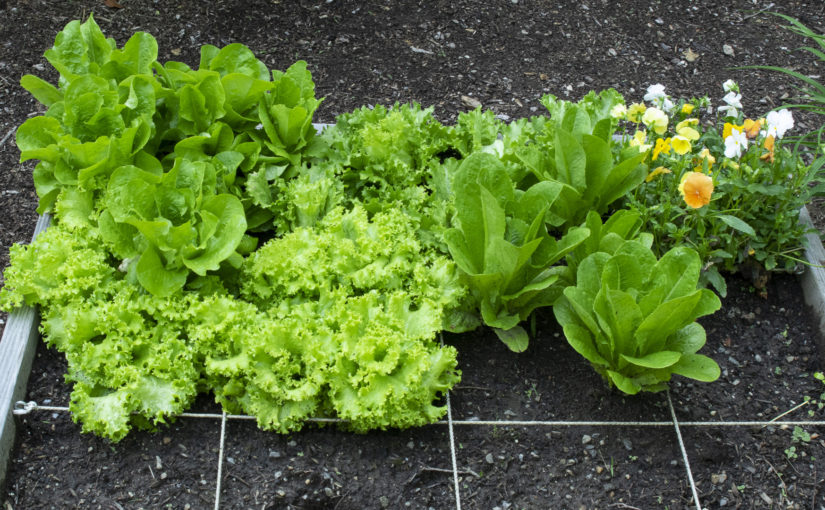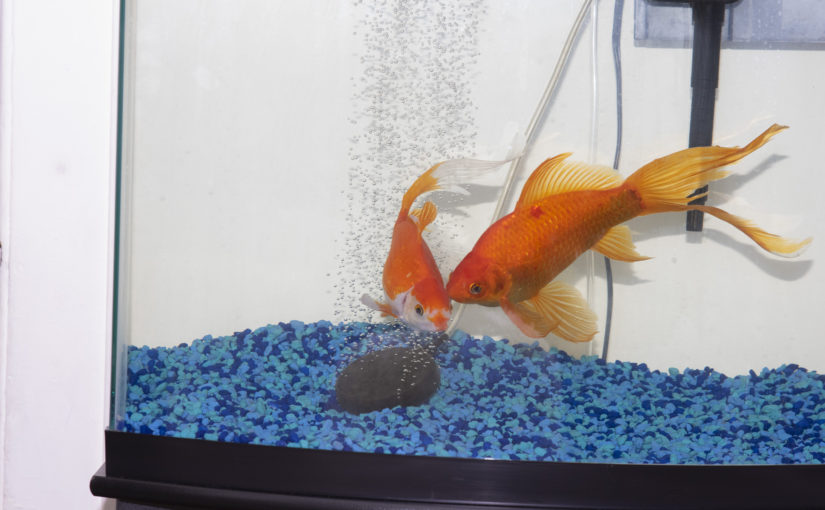Husker Red Beardtongue has a gorgeous flower. Clean foliage. Easy to care for. Slow to spread. Attracts hummingbirds. Drought tolerant.
Husker Red Beardtongue may be the perfect perennial!
I don’t use Beardtongue as often as I should but every year when it comes into bloom I can’t figure out why.
It’s mid-June and Beardtongue is a little more than halfway through bloom here in zone 6a.
I planted these groupings of Beardtongue in a landscape with a crimson theme. You’re looking at Concorde Barberry (Berberis thunbergii ‘Concorde’) in the foreground and Forest Pansy Redbud (Cercis canadensis ‘Forest Pansy’ in the background with Husker Red Beardtongue sandwiched between.

Once the flowers fade cut the flower stalks down to the foliage and you’re done maintenance for the year. It’s that simple. Sometimes you get a second flush of blooms later in the summer.
No need to cut back the foliage in the fall, leave it alone. New growth grows through the previous years foliage.

The only time I ever had trouble with Beardtongue was when I planted it in a wet spot. Beardtongue does NOT like wet feet. It will linger and die under those conditions. The plants below did NOT make it.

Husker Red Beardtongue has a tendency to revert, go back to the straight species, often. When this happens simply dig up the clump, separate out the green foliage, and replant. The other option is to leave the green foliage and enjoy the show.

If you haven’t tried Husker Red Beardtongue yet and you have a sunny, dry spot give it a try.
